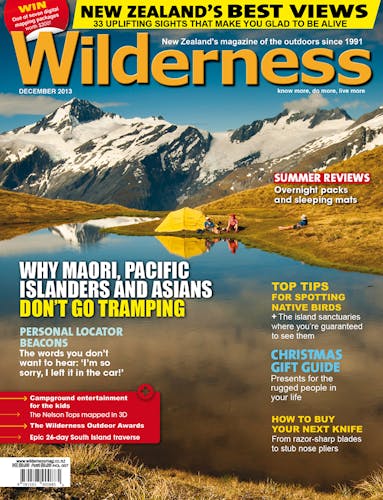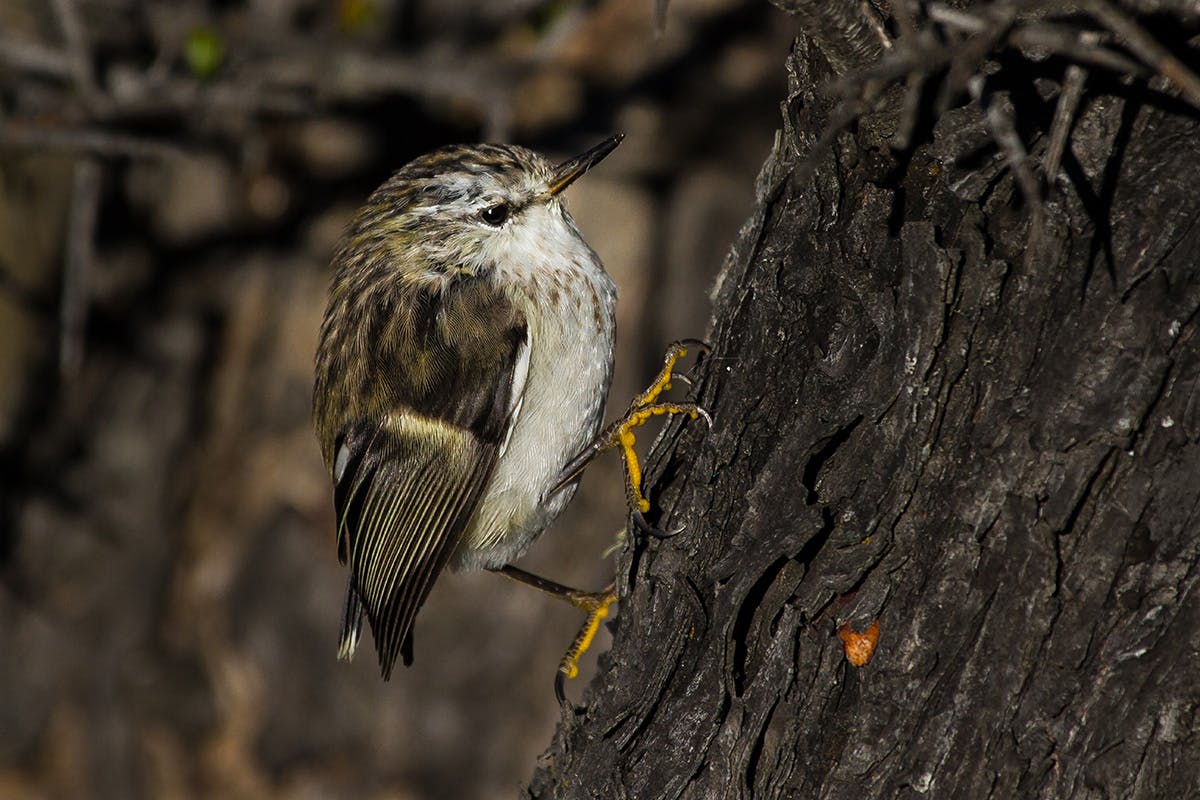Bird spotter and photographer Matt Winter’s top three tips for spying more birds this summer
One of the wonderful aspects of back country travel is the encounters we have with birds. They always make for enjoyable ‘tangents’ which provide entertainment, wonder, knowledge and often inspire us.
By learning how to find, locate and spot birds more readily we can enhance these encounters.
1. Peripheral vision Whether you are walking or sitting still, peripheral vision is by far the best way to locate birds. Birds are inherently very ‘busy’ and are seldom still for long so this constant motion can be used to our advantage. By consciously using your peripheral sight it is surprising how even the tiniest movement out of the corner of your eye can be detected. I’ve found this is the best (and only) method to find rifleman, New Zealand’s smallest bird, amongst dappled and confused bush environments.
2. Listen Many species of birds are inherently vocal and sometimes downright noisy. Being relatively small, often living high in the canopy, possessing superb camouflage along with being quite elusive at times means that our first clue to their presence will be its ‘song’. No doubt you will know many common bird calls but it is the unfamiliar and odd calls to listen out for.
Rest stops or lunch breaks are great ‘quiet’ times to be extra vigilant with your ears as there are far less distractions going on around you.
3. Approaching There are two main things to remember here: Keep low and move slowly. Wild animals and birds have an almost genetic, built-in fear of the upright, two legged shape. Crouching, kneeling or even sliding along on your bottom or belly should give you a much better chance of closing the gap. If you do decide to walk towards the bird, attempt to approach in a zig-zag or a series of angles. While approaching in this manner, also try to avoid direct eye contact.
Slow and deliberate movements tend to ensure the bird remains calm and relatively passive. Time your movements to coincide with when the bird is busy with feeding, preening or otherwise occupied. When it looks at you, stop your approach and remain still until the bird seems at ease again.








